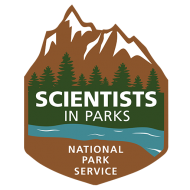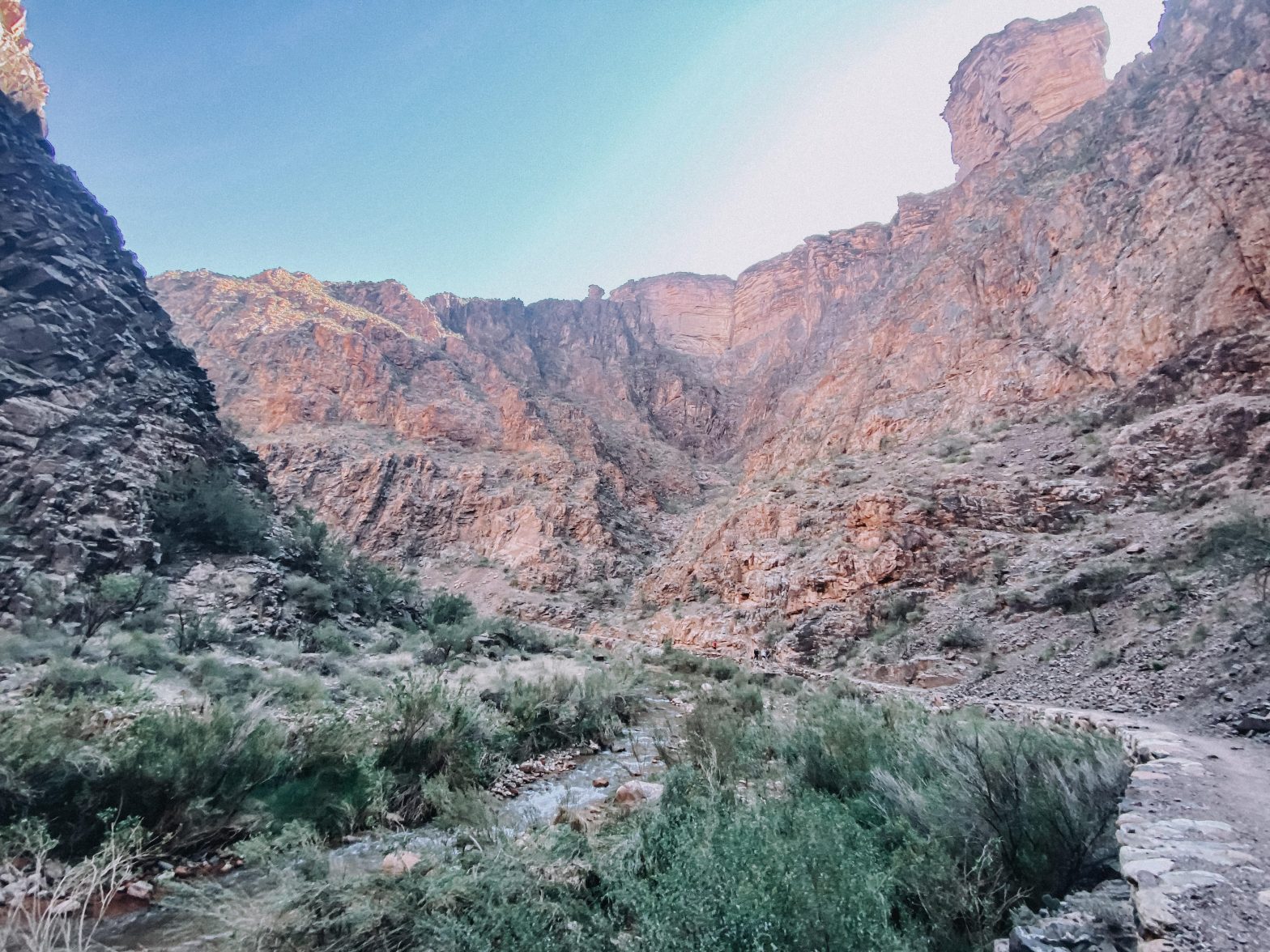Howdy! I’m Jay (she/her) and I am the 2022 Biology Assistant Scientists in Parks Fellow at Grand Canyon National Park, and I’m ecstatic to share my journey with you!
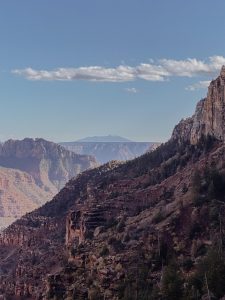
If I had to describe my career path, I would tell you to imagine a very windy highway that has dozens of intersections, potholes, and red lights that I thought would never turn green. I’ve gone through the seemingly endless cycle of applying to internships, working at them for 3-4 months (unpaid), and never truly reaping the benefits of a job that I put so much effort into. This was until I applied for the Scientists in Parks Fellows program. While all internship application processes are nerve wracking, this one felt different. The moment I received my offer letter in March, I knew that something life-changing was happening. Not only was it extremely exciting to have the opportunity to work at one of the seven natural wonders of the world, but the project that I would be spearheading encompassed many of my passions: plant ecology, climate change, environmental education, and data analysis.
Wait…data analysis? As in, spending hours in front of spreadsheets, learning new programming languages, and remembering how to run regression analyses?
Yes, folks, you read that right. It may sound like a snooze-fest, but I have learned how fascinating the world of statistical ecology is.
This summer, I will be summarizing and analyzing a ten-year dataset that includes observations collected on 26 trees at the South Rim of the Grand Canyon. Throughout the ten years, park staff, volunteers, and visitors monitored Gambel oak (Quercus gambelii) phenology to determine if climate change is impacting park vegetation. Phenology is the study of periodic life cycle events in plants and animals, and how these events are influenced by environmental conditions; it is referred to as “nature’s calendar” (USA National Phenology Network). Climate change is already affecting the world in a variety of ways, and plants are already beginning to experience this change. Fortunately, phenology is an excellent way to monitor how the plants are experiencing climate change, and indicator species are chosen to represent an ecosystem’s response to climate change as a whole. Gambel oak was chosen for this study in 2013 when the project was first established by the park’s inaugural climate change interns. My goal is to reinvigorate this project, as well as attempt to detect any observable trends in these phenological observations throughout the last decade.
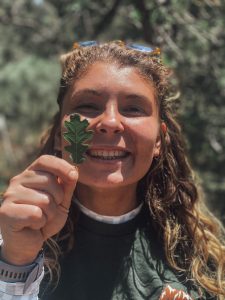
Studying phenology is a hybrid of climate research and plant research; I have the opportunity to use statistical analyses on both botanical data as well as temperature/precipitation data to detect potential trends and correlations. I am currently working in collaboration with the USA National Phenology Network to analyze, summarize, and visualize what has been observed, and I will be using these deliverables to create interpretive programs at the end of my internship at the Grand Canyon. In addition, I will be publishing an article for Intermountain Park Science in their upcoming volume, “Drought in the Southwest”, that will address some of the problems the park faces, current efforts, my findings, and future plans for the project. Finally, once my time at the park is complete and I have made these findings available, they will help inform park decisionmakers for future vegetation, climate change, and interpretive management strategies.
A day in the life of my position may not seem as glamorous and exciting as other positions in the park, but every day I wake up excited to get to work. I currently work out of the Grand Canyon office in the Coconino National Forest building in Flagstaff and commute to the park (which is only an hour and a half away) once a week. What is really amazing about this is that the office I am stationed at hosts other staff in GRCA’s Science and Resource Management Division; I currently share an office space with two hydrologists, a paleontologist, GIS specialists, a climate scientist, the division’s data manager, the Geosciences Program Manager, and the SRM Deputy Chief. Not only do I get the added benefit of living in the town that I already call home, but I get to network with other programs in the park that I would not have been able to if I was stationed at the park full-time.
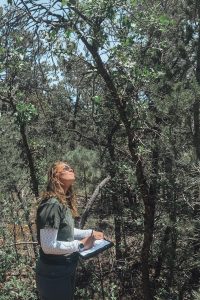
Through these networking opportunities, I have set myself up to assist in other field work that is not directly related to my project, such as monitoring bison and monarch butterflies at the North Rim of the park, studying animal track and plant fossils, assessing endangered fish populations inside the canyon’s rivers, and embarking on an extended trip on the Colorado River. I think it is also a great metaphor for research on climate change: there are few specialties that are quite as multidisciplinary and have as far-reaching impacts as climate science. This balance of office work and cross-collaborative fieldwork will allow me to build my network in the park, learn a variety of skills, and explore different aspects of natural resource management that I never knew existed.
Growing up, I never would have imagined that I would have the opportunity to contribute such meaningful work for the NPS. The 8-year-old Jalyn, who yearned of becoming a wildlife biologist, exploring Mammoth Cave National Park and Indiana Dunes in her childhood, would be extremely proud. I don’t think she would have expected to develop such a passion for working with data, but the end result that the SIP Fellows program is allowing me to produce will kickstart a career that I have been dreaming about for decades.
